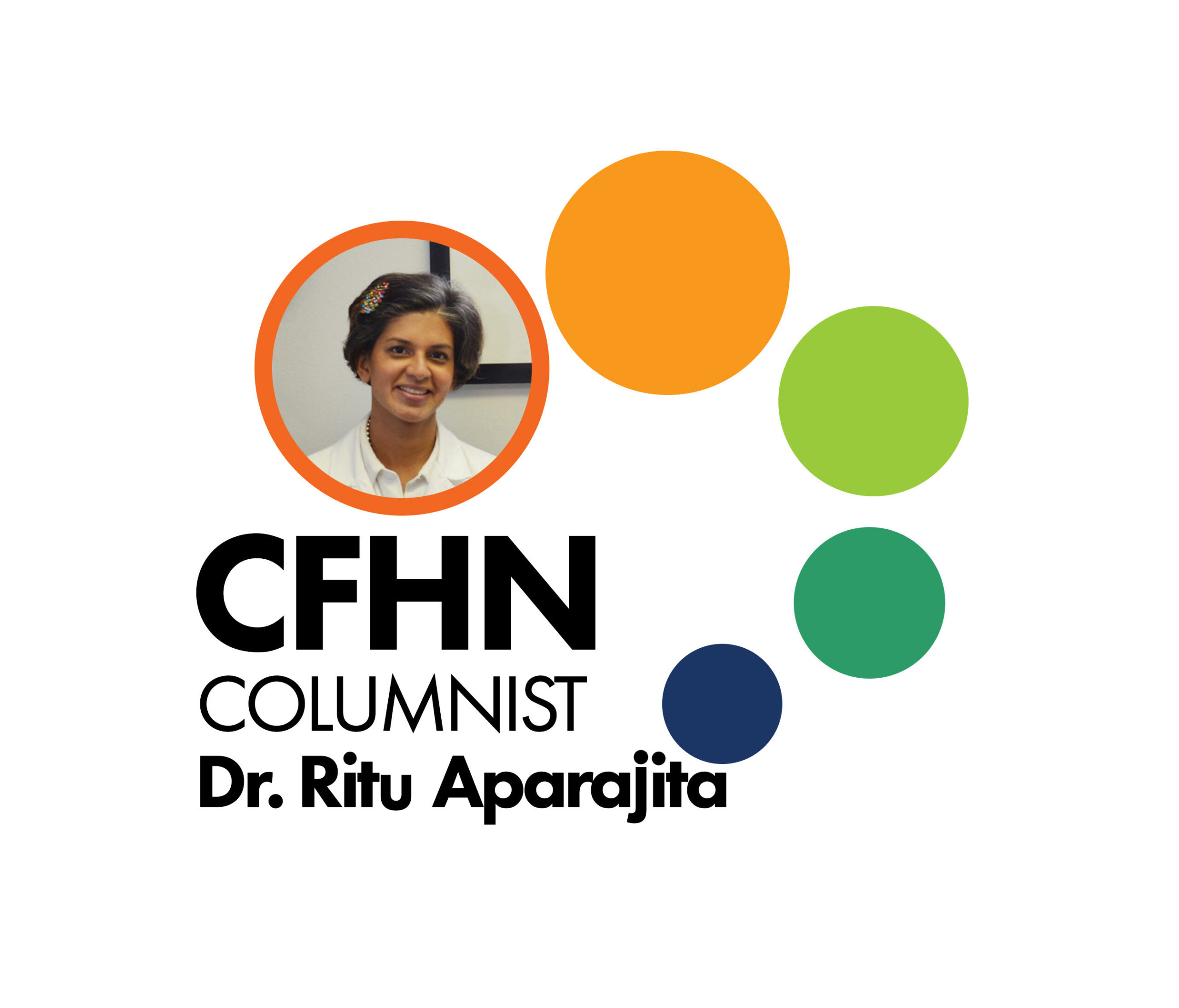Spider Veins vs. Varicose Veins
Varicose veins are superficial veins that appear knotty and unless painful, achy or inflamed may not need to be treated. Varicose veins usually become more apparent with age and are the price human beings pay for standing erect as opposed to monkeys who walk on all four legs. Spider veins, which appear at the surface of the skin and look like a spider’s web, are painless and harmless unless their appearance is of concern to you.
Any adult who stands on their feet for most of the day is at risk, and they tend to run in families. Obese people and women with multiple children also commonly get them. With varicose veins, poorly functioning valves allow blood to pool in the lower leg and cause symptoms. These include itching, swelling, burning, leg heaviness or tiredness, or skin discoloration. Symptoms typically worsen throughout the day. Sometimes, varicose veins clot and become painful, hot, hard and discolored.
Managing the appearance of spider veins and varicose veins or preventing them from getting worse is possible. A range of treatments can remove spider veins or reduce their appearance.
Below are a few tips for vein management:
- Keep a healthy weight to reduce pressure on the veins
- Wear compression stockings to relieve symptoms such as aching or swelling
- Elevate the legs to help prevent blood from pooling
- Keep moving and get regular exercise and remember to walk around every 30 minutes
Make a doctor’s appointment if you have these symptoms:
- Large varicose veins in the thighs, legs and/or ankles
- Swelling in legs or ankles
- Skin changes around the lower legs and ankles, especially tight or darkening skin
- Leg cramps or spasms
- Painful, open sores on ankles or legs
This column is sponsored by KSC Cardiology, and the opinions expressed herein may not reflect those of CFHN or of its advertisers.
BIO: Dr. Aparajita is a fellowship-trained vascular and endovascular surgeon. She is a co-author of 20+ journal articles and publications and was recently nominated for an Inspiration Award by the American Medical Association (AMA).
